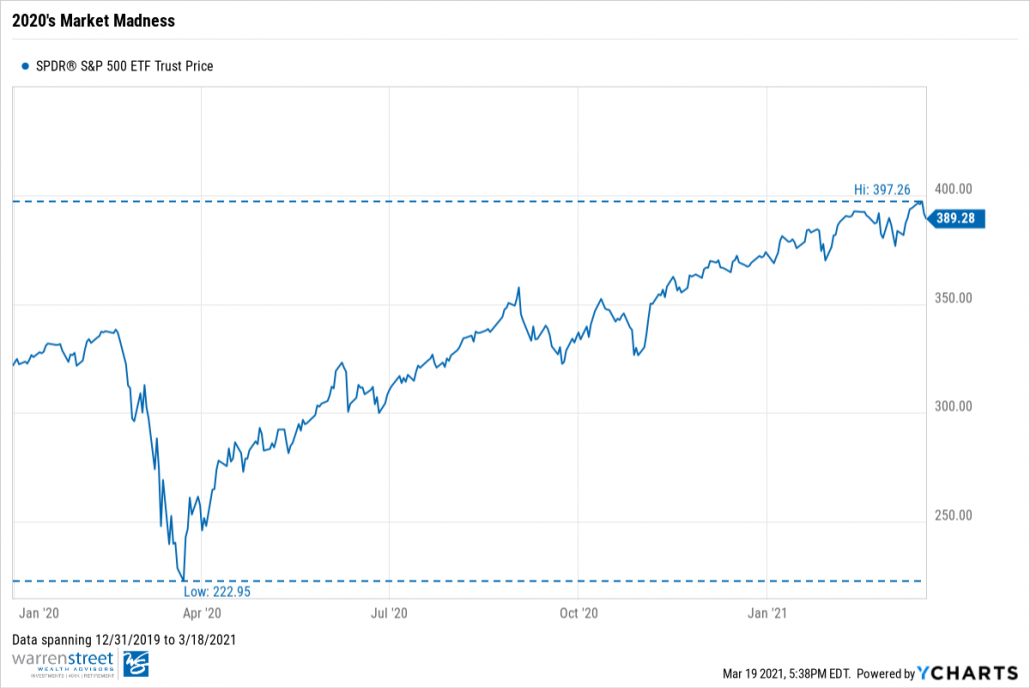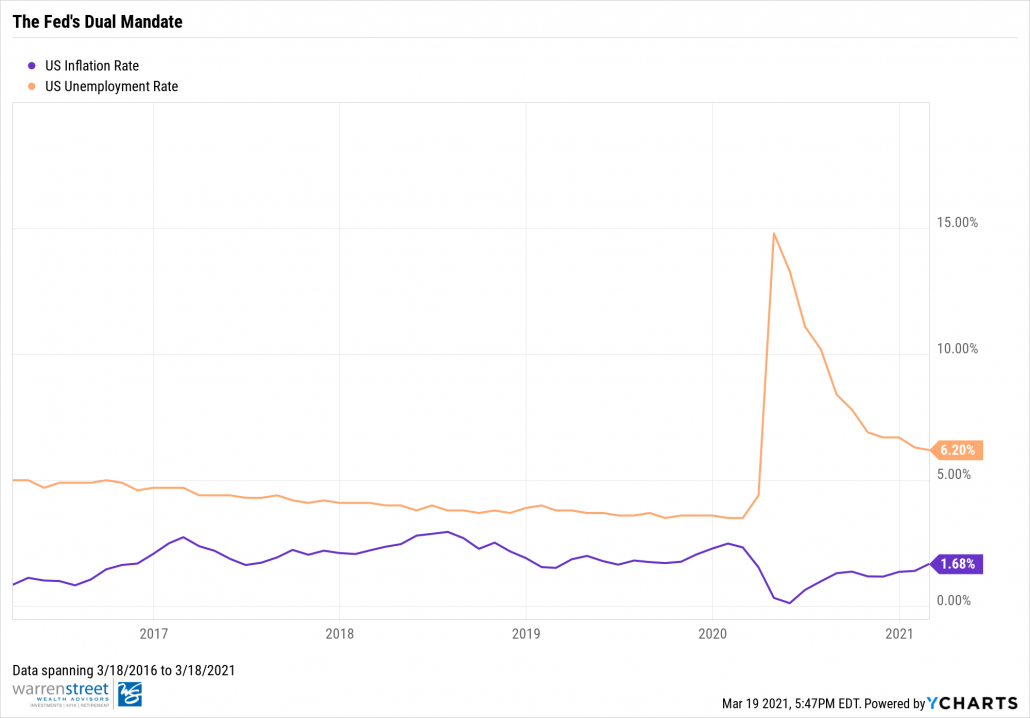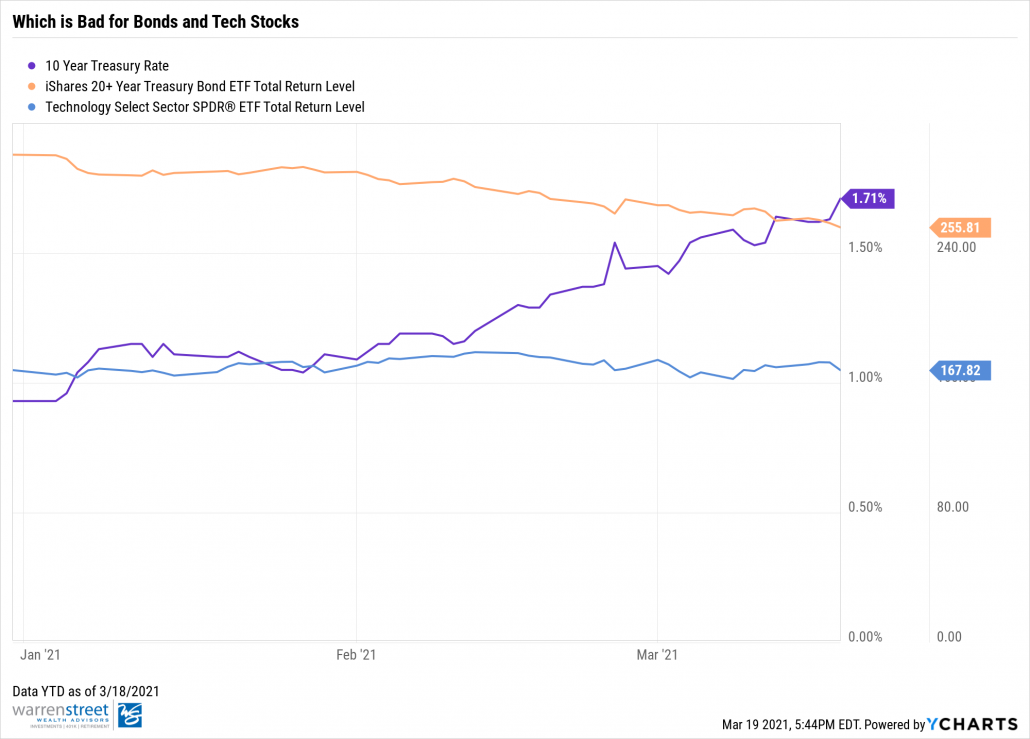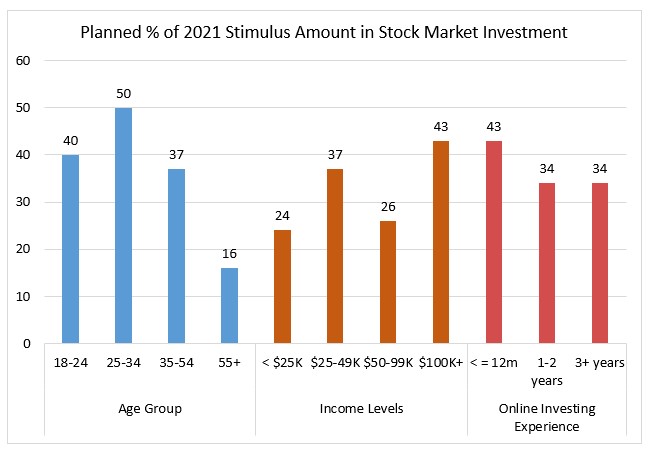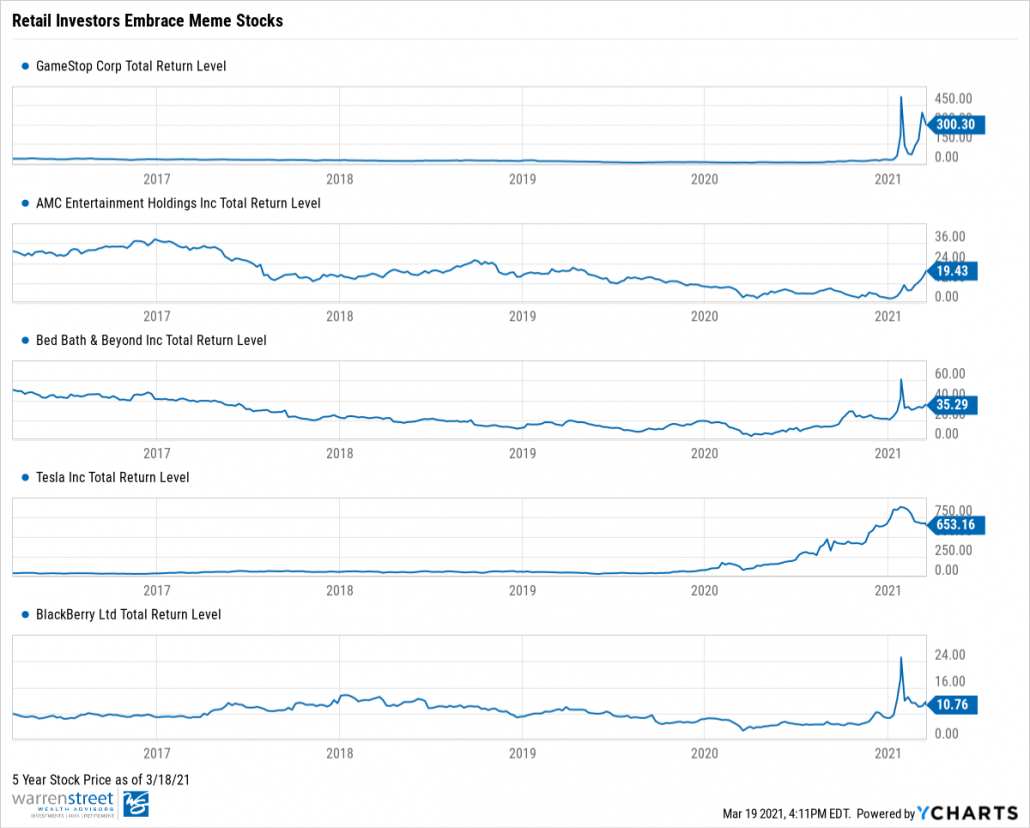What’s Up With That Inflationary Altitude?
We’re officially 16 months into the pandemic. You’re vaccinated and planning your next trip, itching to get out the house. Hawaii, Las Vegas, or Disney World? Bulls will say choose your adventure. Bears will say pick your poison.
Regardless, nobody can deny that the United States has largely re-opened with certain sectors, such as airlines and travel, reaping both the benefits and consequences of pent-up demand. To give you a better idea of what we’re talking about, check out some of these headlines:
- Flight Delays, Cancellations Continue as Summer Travel Surges
- Need to reach an airline? Prepare to wait on hold for hours
- TSA Offers $1,000 Bonuses to Attract New Employees
Some might claim that this is totally expected — and you’re right. Airlines were one of the hardest hit sectors last year; the drop-off in daily Transportation Security Administration (TSA) throughput in March 2020 speaks volumes to this. Fast forward to today, the amount of people being screened daily by the TSA is hovering just below pre-pandemic levels.
Source: Transportation Security Administration, Data as of 7/11/21
With almost 50% of the U.S. population fully vaccinated, maybe it’s not as surprising to hear that a customer was put on hold for 21 hours with Delta’s scheduling team, that there are staff shortages across major airlines, or that the TSA is offering $1,000 signing bonuses.
As a result, you have what many people expected – too much demand and too little supply. But this also alters the behavior of consumers who have yet to travel. Even those desperately yearning for a vacation might hold their horses to avoid falling victim to lackadaisical service, unexpected flight cancellations, and expensive airfare. This means possibly postponing your trip in July, to let’s say, September.
What does this mean for markets?
This past May, we saw economic data miss estimates (see below), which sparked conversations about whether a slowdown is due in the second half of 2021. There are likely two culprits that caused these economic indicators to miss their marks: our current supply and demand dynamic and inflation.
Source: FactSet, Data as of 7/12/2021
Raging demand unfulfilled by constrained supply is prompting consumers to hold back expenditures. For example, if you’re itching to buy a Tesla and it’s out of stock, you probably won’t settle for a BMW. Meanwhile, inflation and rising raw material prices are eroding purchasing power in the short-term. If all-you-can-eat sushi cost $25/person in December 2020 and now costs $40/person (speaking from personal experience), that’s probably one less buffet-like meal you’d want to indulge in.
Does this mean the US economy is destined for a slowdown? Not necessarily. Going back to our talk about airlines and travel, perhaps deferred demand (e.g., postponed trips) will serve as a silver lining to help drive growth in coming quarters. If so, economic indicators like Retail Sales and Orders of Durable Goods mentioned above could benefit and offset negative data.
As for the two aforementioned culprits – we believe there will come a point where the supply and demand equilibriums balance, but not without the bouts of inflationary pressure we’re already seeing. Whether that inflation is temporary or sticky is an ongoing debate with an outcome that will unfold in due time.
What should you do?
First of all, take the vacations (budget permitting) you deserve whether that’s in two weeks or in two months. 2020 took an emotional and physical toll on all of us. Making it through such a year deserves celebration.
At the same, take these trips knowing that your portfolio is built with your long-term asset allocation in mind. Our team is continuously taking advantage of tactical long-term opportunities we see appropriate and positioning portfolios for current market trends. Be reassured that your portfolios are made to achieve your financial objectives amidst all the noise.
What about the Warren Street team?
We’ve got a few trips of our own planned. Keep an eye on your inbox to see where we’re headed for the summer.

Phillip Law, Portfolio Analyst
Wealth Advisor, Warren Street Wealth Advisors
Investment Advisor Representative, Warren Street Wealth Advisors, LLC., a Registered Investment Advisor
The information presented here represents opinions and is not meant as personal or actionable advice to any individual, corporation, or other entity. Any investments discussed carry unique risks and should be carefully considered and reviewed by you and your financial professional. Nothing in this document is a solicitation to buy or sell any securities, or an attempt to furnish personal investment advice. Warren Street Wealth Advisors may own securities referenced in this document. Due to the static nature of content, securities held may change over time and current trades may be contrary to outdated publications. Form ADV available upon request 714-876-6200.
